Roses are one of the most popular flowers in the world. They are symbols of love, appreciation, and congratulations. Roses come in many colors, but the color that is most associated with roses is red. Red roses represent love and passion.
But sometimes the leaves on roses can turn red, too. In this post, we’ll take a look at what causes red leaves on roses and what you can do about it.
Why Are Rose Leaves Turning Red?
Rose leaves can turn red due to rose rosette disease, jack frost, herbicide damage, or part of the normal growing process. All four of these issues can cause red leaves on roses, so it’s important to diagnose the problem correctly before taking action.
I will now take a look at each of these problems in turn and offer some advice on how to deal with them. This way, you can get your roses back to looking their best in no time.
1. Normal Growing Process
One of the most common reasons for red leaves on roses is simply part of the normal growing process. Young rose plants often have red leaves when they first start to grow. This is nothing to worry about and is perfectly normal. The leaves will eventually turn green as the plant matures.
This happens because anthocyanin, which is a red pigment, is produced in the leaves of young roses. This pigment helps protect the plant from damage by the sun’s ultraviolet rays. Once the rose plant matures, it no longer needs this protection and the leaves will turn green.
If you are concerned about your rose plants, simply check to see if they are otherwise healthy and growing well. If they are, then there is no need to worry about the red leaves.
2. Rose Rosette Disease
Rose rosette disease is a viral infection that produces red leaves and red stems on roses. The virus is usually spread by mites and other pests that feed on the rose plants. Infected roses will often have distorted growth and deformed leaves.
These mites are so small that even the wind can carry them from plant to plant. If you have roses that are infected with rose rosette disease, it is important to remove them from your garden right away. Otherwise, the virus can spread and infect other plants.
Symptoms of Rose Rosette Disease
- Red pigmentation on leaf veins
- Deformed leaves
- Easily damaged, especially in cold weather
- Thick rose buds
- Huge increase in thorns
- Red rose stems
- Shrunk petioles
These are just a few of the symptoms that can be caused by rose rosette disease. If you think your roses might be infected, it’s important to take action right away. The virus can spread quickly and kill your entire rose garden if left unchecked.
Prevention is the best method for dealing with rose rosette disease. To prevent the virus from spreading, it’s important to isolate infected plants right away. Remove any affected leaves and dispose of them in a plastic bag. It’s also a good idea to remove any dead or dying stems.
You should also take steps to control the mites that spread the virus. These mites are tiny, so they can be difficult to spot. One way to control them is to use a powerful hose sprayer to blast them off of your plants. You can also try using an insecticide specifically designed to kill mites.
Neem oil is especially effective in controlling mites. Simply mix neem oil with water and spray it on your plants. The neem oil will kill the mites and prevent them from spreading the virus.
If you do prune your roses, be sure to disinfect your pruning tools before using them on other plants. This will help prevent the spread of the virus to other parts of your garden.
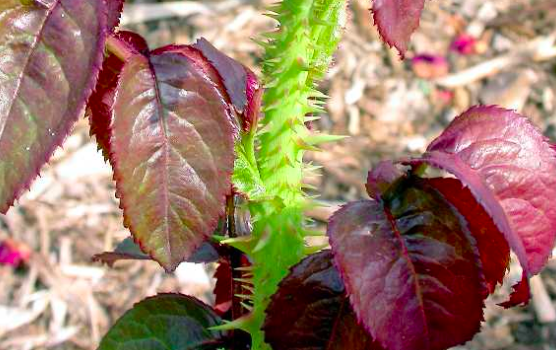
3. Frost Damage
Frost damage is another common reason for red leaves on roses. Frost can damage the leaves of roses, causing them to turn red or brown. The tips of the leaves are especially susceptible to frost damage.
So if the edges are changing color, the center of the leaves are still green, and you know there has been a recent frost in your area, then it’s likely that the frost is to blame.
If you live in an area that gets cold winters, it’s important to take steps to protect your rose plants from the cold. One way to do this is to wrap them in burlap or another type of fabric. This will help insulate the plants and prevent the leaves from being damaged by the cold.
After the first has arrived, cover the base of the plant with topsoil or compost to protect it from the cold. Make sure to use enough topsoil that it covers the bud union – this is the point where the roots originally met the stem.
You can also try using a grow light to provide additional warmth for your plants. Simply set up the light so that it shines on the plants for a few hours each day. This will help keep them warm and prevent frost damage.
4. Herbicide Damage
If you use herbicides in your garden, it’s important to be careful not to get them on your roses. Herbicides can damage the leaves of roses, causing them to turn red or brown.
You may not have even noticed that you got herbicide on your roses. If you use a weed sprayer, for example, some of the herbicides may have gotten onto the leaves of your roses. Or if your neighbor uses herbicide and it drifts over into your garden, it can damage your plants.
The best way to prevent herbicide damage is to be careful when using herbicides in your garden. If you use a weed sprayer, make sure that the nozzle is pointing away from your roses. And if you use a granular herbicide, be sure to apply it carefully so that it doesn’t drift onto your roses.
If you think your roses have been damaged by herbicide, the first thing you should do is stop using the herbicide. Then, try washing the leaves of your plants with a solution of water and dish soap. This will help remove any residual herbicide from the leaves.
If the damage is severe, you may need to cut off any affected leaves. This will help prevent the herbicide from causing further damage to your plants. Discard the affected leaves in a plastic bag so that they don’t spread the herbicide to other parts of your garden.
Symptoms of Herbicide Damage
- Tangled leaves
- Narrower foliage
- Surface roots
- Spots on the leaves
- Red/brown leaves
Red Leaves on Knockout Roses
Knockout roses are known to have bright red flowers and luscious green leaves. But sometimes, even the most beautiful roses can have problems. One of these problems is red leaves.
Knockout roses are vulnerable to all of the same problems that other roses are, including disease, frost damage, and herbicide damage. That said, they are one of the toughest varieties of rose, so if you see red leaves on your Knockout roses, don’t panic!
The first thing you should do is take a look at the rest of the plant. Are there any other symptoms? Is the plant otherwise healthy? If so, then it’s likely that the red leaves are due to one of the problems mentioned above.
If the plant is otherwise healthy, then the red leaves may just be due to a lack of nutrients. Knockout roses are heavy feeders, so they need to be fertilized regularly. If you haven’t been fertilizing your plants, that could be the cause of the red leaves.
Another possible cause of red leaves on Knockout roses is heat stress. Knockout roses are heat tolerant, but if they’re exposed to extreme heat, the leaves may turn red. This is especially common in hot, dry climates.
Should I Prune Red Rose Leaves?
The only time you should prune red rose leaves is if they are infected with a disease or covered in pests. For example, if your rose has rose rosette disease (RRD) or black spot, you will need to remove the affected leaves.
If you see pests such as aphids or spider mites, you should also prune off the affected leaves. These pests can spread quickly and damage other parts of the plant, so it’s important to get rid of them as soon as possible.
If your rose leaves are simply red but don’t show any other signs of disease or pests, then there’s no need to prune them. In fact, pruning off the red leaves could actually do more harm than good.
So if you’re not sure what’s causing the red leaves on your roses, it’s always best to consult with a professional before taking any action. They will be able to help you identify the problem and come up with a plan to fix it.
Conclusion
In conclusion, there are several reasons why your roses might have red leaves. Be sure to check for pests, disease, frost damage, and herbicide damage. If you can identify the problem, you can take steps to fix it. And if you can’t figure out what’s causing the problem, be sure to consult a professional.
Red leaves on roses don’t always have to be a bad thing. In some cases, it can actually be a sign of good health. For example, young roses often have red leaves. This is because they’re still developing and the red color is normal.
However, if a mature rose plant suddenly starts to produce red leaves, it’s usually a sign that something is wrong. Be sure to inspect your plants carefully and take steps to correct the problem. With a little care, you can keep your roses healthy and beautiful for years to come.
Do you have any tips for preventing or fixing red leaves on roses? Share them in the comments below!
Tim is an avid gardener from the UK. He was the founder of PlantCarer.com from 2021 to Sep 2023. He sold PlantCarer.com to Aaron. He has since started his own business called Seed To Supper, which provides new gardeners all the materials you need in a box (pots, seeds, compost and instructions) to grow your own delicious and nutritious vegetables and herbs from start to finish – no garden required.






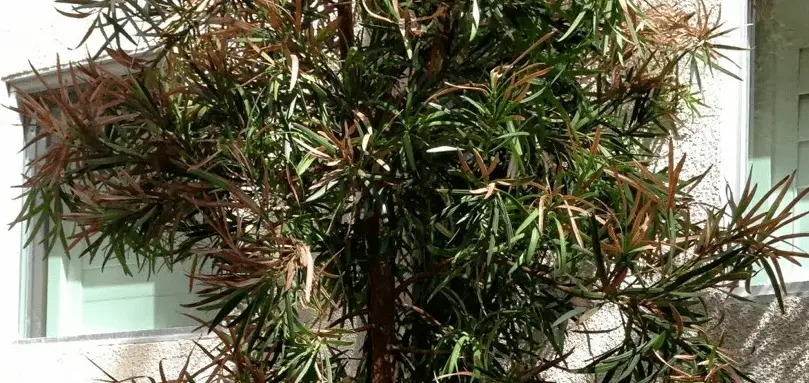
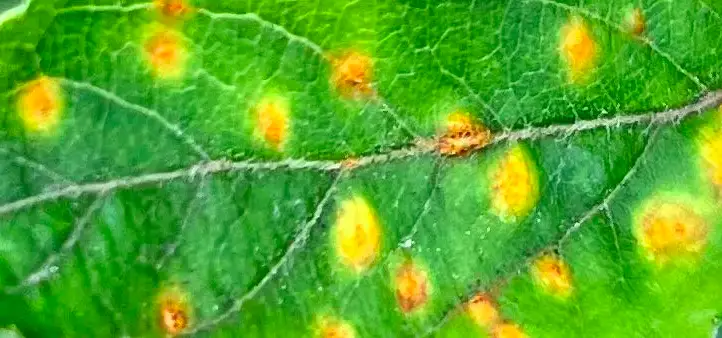
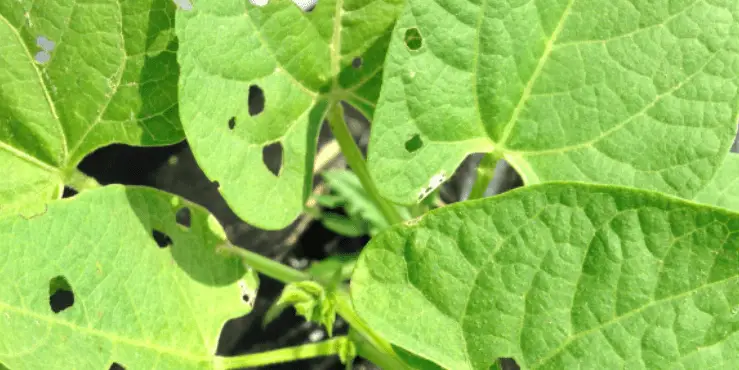
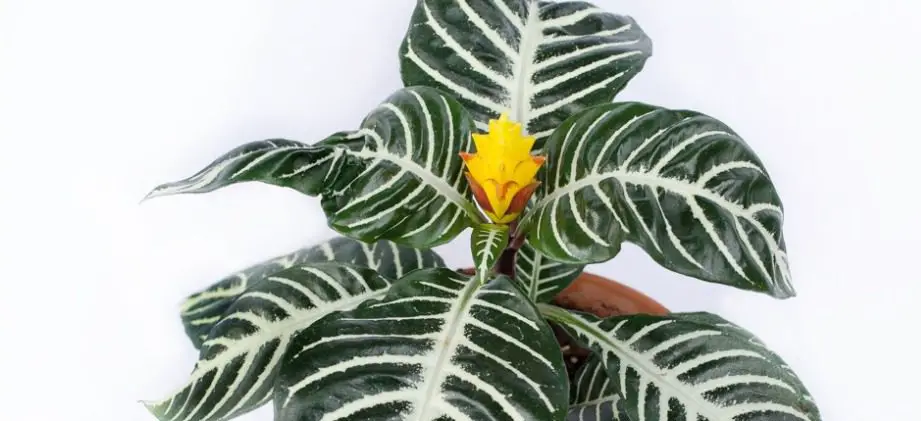

0 Comments